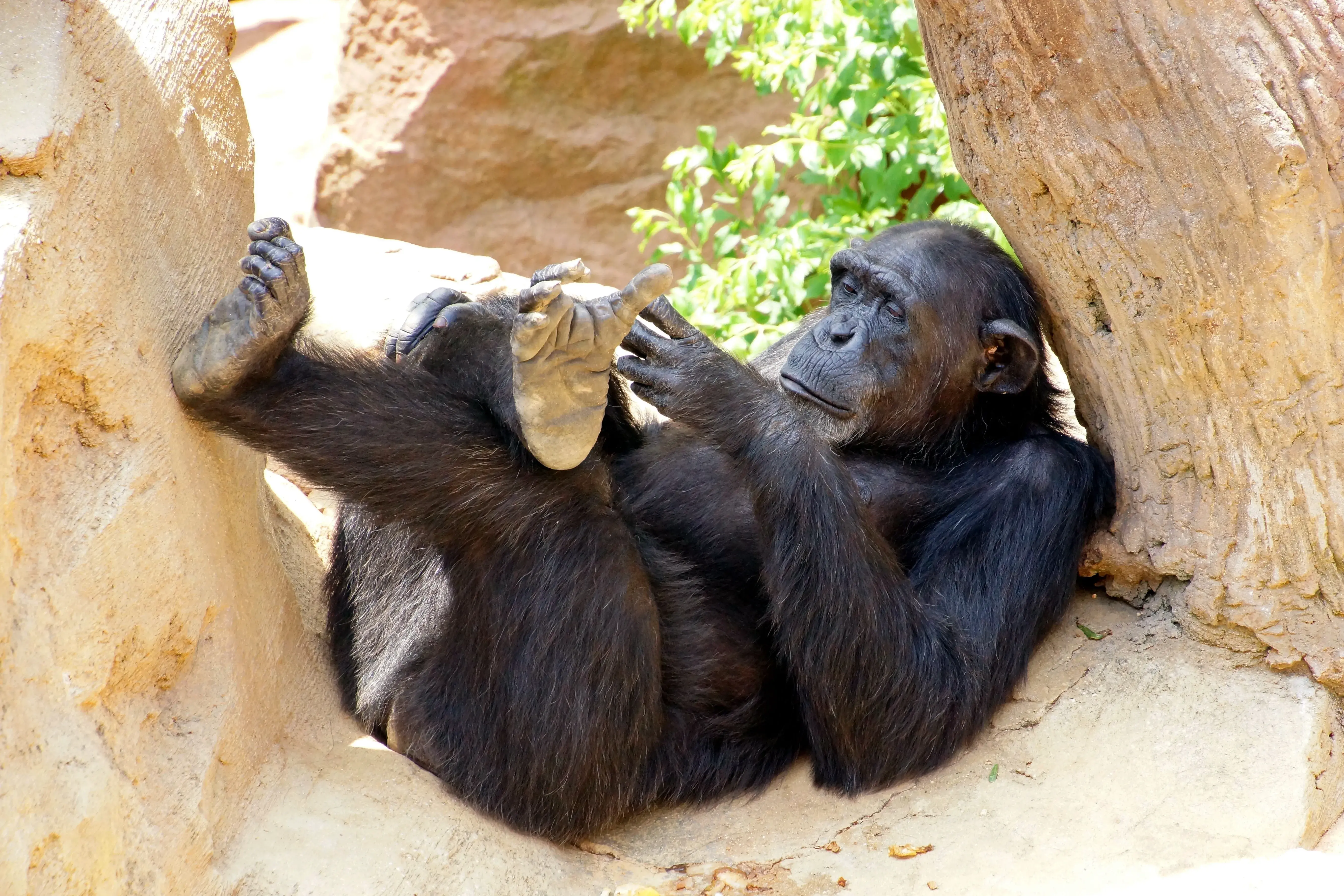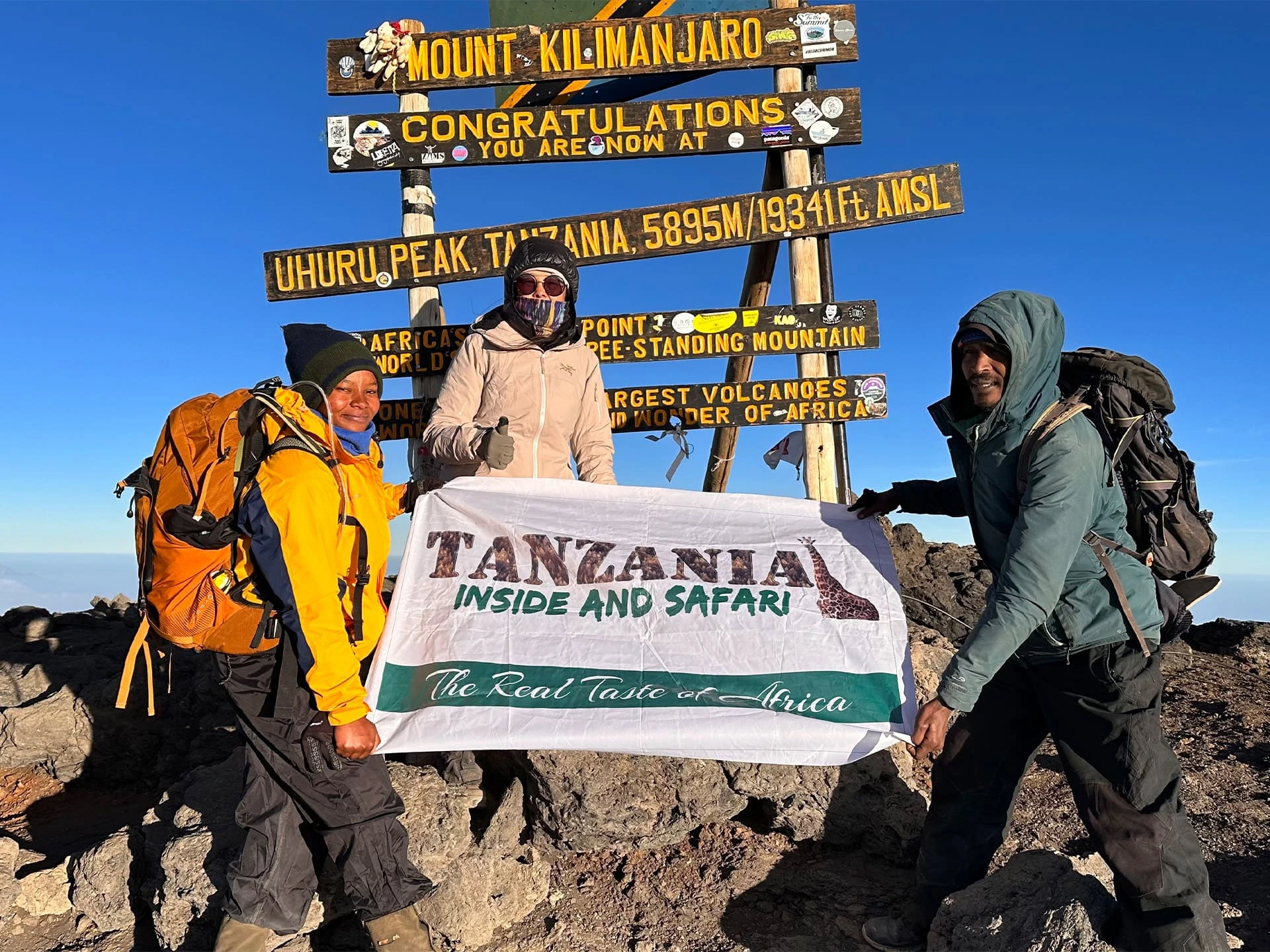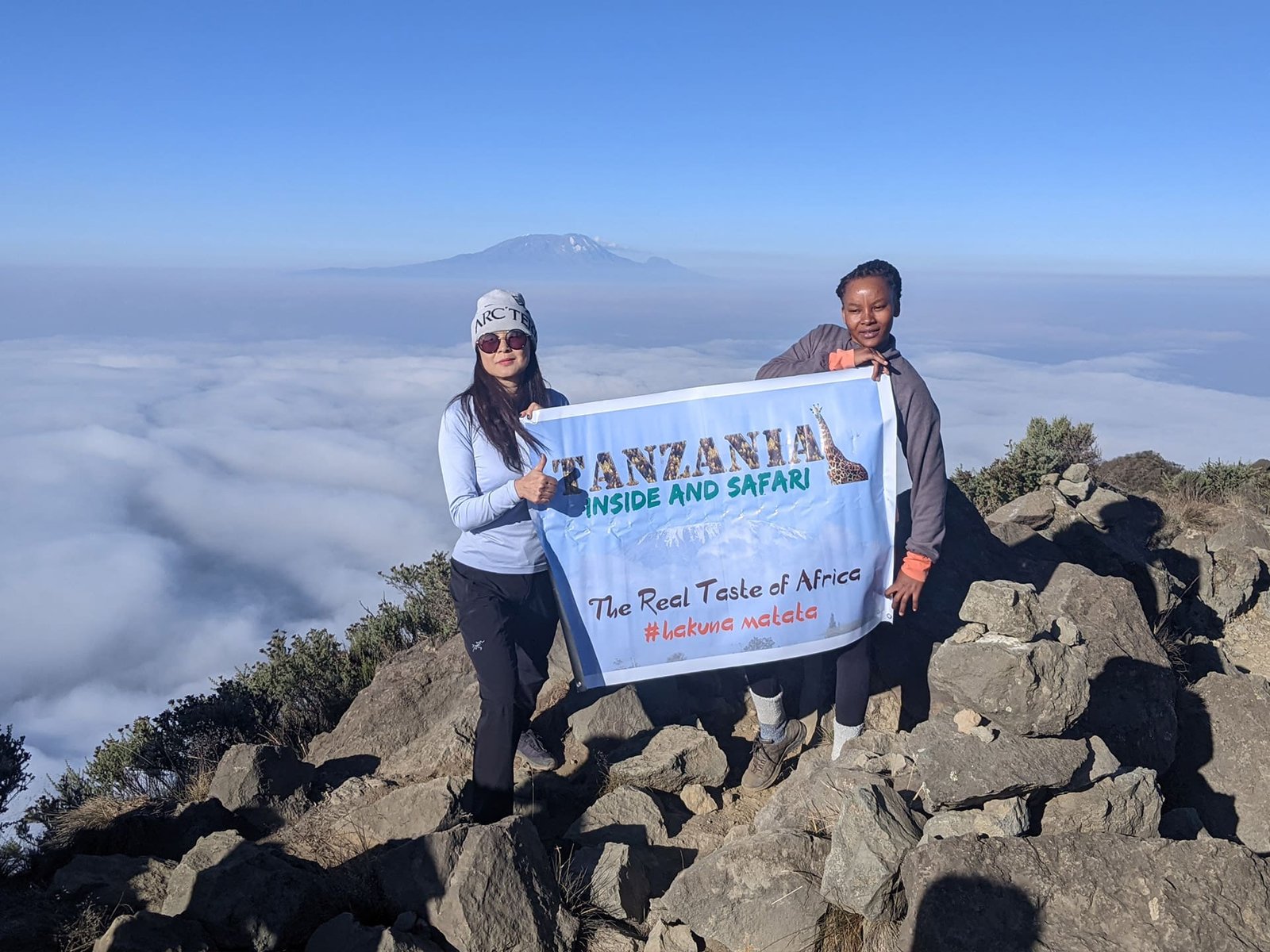
Rongai Route Kilimanjaro
The Rongai Route offers a serene and unique option for those looking to reach the summit of Mount Kilimanjaro. Starting on the quieter northern slopes, this path delivers a distinctive experience, complete with a variety of special advantages.A major benefit of the Rongai Route is its peacefulness. It sees far fewer trekkers compared to the southern routes, with up to ten times less traffic, allowing for a quieter and more intimate trekking experience.
read more
close
The Rongai Route offers a serene and unique option for those looking to reach the summit of Mount Kilimanjaro. Starting on the quieter northern slopes, this path delivers a distinctive experience, complete with a variety of special advantages.
A major benefit of the Rongai Route is its peacefulness. It sees far fewer trekkers compared to the southern routes, with up to ten times less traffic, allowing for a quieter and more intimate trekking experience.
Beginning in a lush coniferous forest, the Rongai Route takes you through a variety of climatic zones, highlighting Kilimanjaro’s diverse ecosystems.Along the way, you'll enjoy breathtaking views of Mawenzi and Kibo, the mountain's striking volcanic peaks, as well as the expansive Tanzanian landscape.
The drier northern side of the mountain offers a distinct contrast to the southern slopes' lush vegetation, providing a unique perspective of Kilimanjaro's stunning beauty.
As you climb, you'll encounter stunning landscapes and unique wildlife, such as the rare Bearded Vultures. The descent, along the Marangu Route, offers a chance to explore a different aspect of the mountain, showcasing the diverse natural beauty of Kilimanjaro. For those in search of a more peaceful, personal journey with spectacular views and a sense of adventure, the Rongai Route provides an exceptional Kilimanjaro experience in 2024.
For the Rongai route, the 7-day itinerary is strongly recommended for beginners or those with little high-altitude experience, as it offers a better acclimatization process and greater overall comfort, increasing the chances of reaching the summit.
The 6-day itinerary, on the other hand, is ideal for experienced trekkers or those who have already acclimatized, as it follows a more challenging acclimatization schedule.
OVERVIEW
- Duration 9 Day Tour, 8 nights, (7 Day trek)
- Can be Tailor-made Yes
Tour Itinerary
For the Rongai route, the 7-day itinerary is strongly recommended for beginners or those with little high-altitude experience, as it offers a better acclimatization process and greater overall comfort, increasing the chances of reaching the summit.
ITINERARY
Trekking time: 3 hours
Distance: 7 km
Acclimatization hike: Change in Elevation: 3,450 m to 3,630 m Hiking distance: 2.5 km Hiking time: 1-2 hours Trekking time: 3 hours
Distance: 8 km
Trekking time: 3 hours
Distance: 5 km
Acclimatization hike: Change in Elevation: 4,315 m to 4,510 m Hiking distance: 2 km Hiking time: 1-2 hours Trekking time: 4 hours
Distance: 6 km
Trekking time: 5 hours
Distance: 9 km
Trekking time: 12 hours
Summit: ~19,341′
Distance: 21 km
Trekking time: 6 hours
Note: Hotel check-out is at 11:00 AM. Late check-out options are available for an additional fee, if needed.
Rongai 7 vs Machame 7
The Rongai 7 and Machame 7 routes offer distinct advantages. The Machame route is favored for its varied landscapes and slightly higher success rates due to its longer acclimatization period and diverse terrain. However, the Rongai 7 provides a quieter, more peaceful experience with fewer trekkers, making it ideal for those seeking solitude. Additionally, Rongai’s northern slope is typically drier, offering a benefit during the rainy season. Both routes are suitable for beginners, but Rongai’s less crowded and drier environment makes it a better option for a more serene adventure.Rongai Route vs Marangu Route
Though the Rongai and Marangu routes have similar summit success rates and are both good options during the rainy season, their experiences differ. The Marangu route is known for its hut accommodations, offering more comfort but leading to higher traffic and a more social atmosphere. In contrast, Rongai provides a more secluded experience, starting on the northern side and descending via the Marangu route, allowing trekkers to experience both sides of Kilimanjaro. For a quieter trek with a unique ascent and descent combination, the 7-day Rongai itinerary is the better choice for optimal acclimatization.Rongai vs Northern Circuit
While both the Rongai and Northern Circuit routes are less crowded, they differ in duration and scope. The Northern Circuit, which takes at least 8 days, offers a more comprehensive Kilimanjaro experience by exploring all sides of the mountain, though it can be more exhausting. The Rongai route, available in 6- and 7-day options, offers a shorter and more straightforward trek while still avoiding large crowds. If you’re seeking a longer adventure with diverse views, the Northern Circuit is ideal, but for a shorter trek with minimal crowds, Rongai is the preferred option.How difficult is the Rongai route?
The Rongai route offers a moderate challenge and is suitable for trekkers with average fitness levels. The 7-day itinerary provides a gentler ascent with better acclimatization opportunities compared to the 6-day option, making it more accessible for beginners or those seeking a gradual climb.What is the success rate of the Rongai route?
Around 87% of trekkers on the Rongai route reach Uhuru Peak, with over 90% making it to the crater rim. The 7-day itinerary boosts the chances of a successful summit due to better acclimatization. Private expeditions with additional rest days at camp can be arranged for an extra fee, further improving summit success rates.Is the Rongai route better than the Lemosho route?
The choice between Rongai and Lemosho depends on personal preference. Rongai offers a quieter, less crowded trek, especially suitable during the rainy season. Lemosho, on the other hand, is renowned for its stunning scenery and high summit success rates, making it a top choice for those seeking spectacular views and a slightly longer trek.How long is the Rongai route?
The Rongai route spans approximately 79 kilometers (49 miles), starting from Nalemuru Gate at 2,364 meters. The route features a steady ascent with moderate gradients, leading to the Kibo Crater Wall and Uhuru Peak, including the summit night push and descent.INCLUDES & EXCLUDES
PRICES
$2,405
Kilimanjaro Frequently Asked Questions
Mount Kilimanjaro is one of the most iconic climbs in the world, drawing trekkers from all over the globe. However, preparing for this adventure involves many questions. We've compiled answers to the most common ones below. If you need more details, feel free to contact us for personalized assistance.
- Hike slowly to allow your body to adjust to the reduced oxygen levels.
- Drink 3-4 liters of water daily to stay hydrated.
- Participate in short acclimatization hikes to higher elevations during the climb.
- Consider climbing Mount Meru or other lower-altitude peaks as training.
- Opt for routes that last at least seven days to give your body more time to adjust.
EXCELLENT

Based on 30 reviews



Roderick P


William J


Jane R
Let's talk about your
Trip to Africa!
All our custom itineraries are inspired by our travel experts and positive feedback from past travelers. We're sharing them so you can get a taste of the experience. However, we're flexible and can tailor-make an itinerary just for you. Let us know your preferences (parks, accommodation, timing, etc.), and our safari experts will create a personalized proposal. USEFUL ARTICLES PLAN MY TRIP
Let's talk about your
Trip to Africa!

Unleash the wild beauty of Africa! Trek Mount Kilimanjaro, roam the Serengeti, and explore Ngorongoro Crater—your extraordinary safari awaits. Book Your Dream Adventure Today!
Close












